Substituting Yarns-Morris Masterclass Series
There are many reasons for substituting yarns when selecting your next project, maybe the yarn has been discontinued or not available locally, maybe you have some stash yarn you want to use or even just to make your project unique. Whatever the reason there are some key steps to follow when choosing a substitution.

Weight of yarn
On the surface this is pretty simple, if the yarn used in the pattern is an 8ply then swap for another 8ply. You can also use this to adjust the drape of the finished item. Want the jumper to have more drape? Consider using a thinner 8ply (not all 8plys are the same) or even look at using a 6ply/sports weight. You can also look at creating your own 8ply by holding 2 strands of 4ply or a 4ply and a lace mohair. This works the same with any ply, 2 strands of 2 ply give you a 4ply, 3 strands of 4ply give you an 12ply-the options are endless!
Fibre Content
The biggest factor here is the feel and stretch of the finished item. We are often asked if you can use cotton yarn for a pattern designed in wool. While sometimes this is possible, when looking at garments it is important to consider the reduced stretch cotton gives. This is a particular problem with necklines and cuffs especially with baby knits. Knitting a cotton pattern in wool is less problematic as the additional stretch is rarely a problem in garments.
If you are wanting to use a softer yarn consider a blend of cotton and wool or even just swapping wool for merino. A blend of fibres will also allow you to select a different warmth, more linen and cotton will be cooler whereas more wool, yak and alpaca will be warmer. Changing the fibre content will also adjust the drape of the finished item, cotton yarns will give less drape than silk or alpaca.
Another factor to consider with the fibre content is how much the item may grow when blocked or worn. 100% alpaca yarns are a key example of this as when used to make scarves and blankets the yarn is an ideal choice but when making large items the weight will cause the garment to stretch. Even hats knit in 100% alpaca will stretch eventually and become a looser fit.
Recommended Needle Size
This can be used if you are unsure of the ply of yarn used in the pattern. A very general rule is to half the needle size to give you the ply. This works well when knitting things of average gauge above 6ply but sometimes the needle is selected to give a denser or looser knit. The thinner yarns of 2ply and 4ply are a bit of an exception here as they can be knitting on a huge variety of needle sizes depending on the finished look desires.
Weight vs Meterage
Often a pattern calls for a set number of balls. It is important when substituting yarns to look at this carefully. While the weight of yarn needed can be a good guide, its the meterage of yarn needed that's important. This can easily be found by researching the yarn in the pattern, looking at how many meters and grams and doing some simple calculations.
Meters per ball of yarn used in the pattern multiplied by balls needed gives you the required meterage, then dividing this meterage by the meters per ball in your choice of yarn gives you the number of balls you need to buy.
Colours & Textures of Yarn
Again on the surface this looks obvious but its worth taking a moment to consider this. If the pattern uses a solid colour but you want to use variegated it can really alter the effectiveness of the design. While it is ultimately up to you, the maker what you choose to use, variegated yarns often hide any intricate detailing such as lace or cables and are best suited to simple and plain patterns. Similarly using fluffy yarns such as mohair can also hide some of the details.
Substituting yarns is a great way to make your project unique and as long as you choose wisely the possibilities really are endless. Our biggest recommendation when making substitutions is always to make a gauge/sample swatch and to then wash and block this swatch. You can then compare the tension of the pattern to that of your swatch and also to feel how the finished fabric will look and handle. if you are getting more stitches per 10cm than the pattern called for you will need to increase your needle size or yarn ply to reach the desired tension. Similarly, if you are getting too few stitches per 10cm you will need to reduce your needle size or yarn ply.
We hope you find this information helpful and remember our staff in stores are always here if you need help finding a substitution.
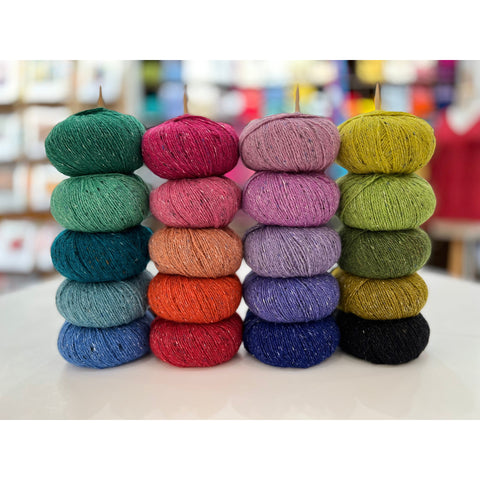
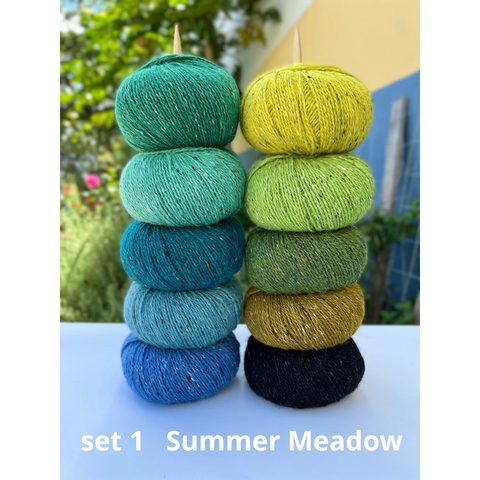
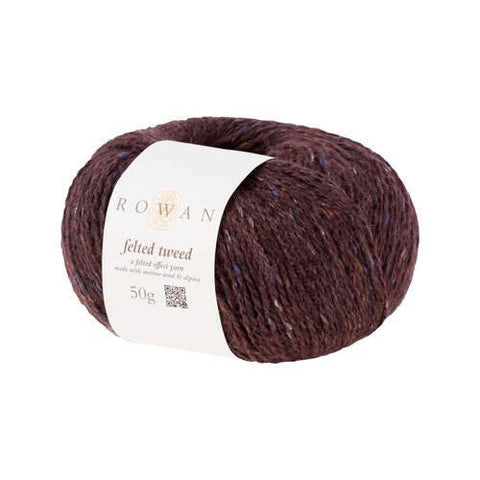
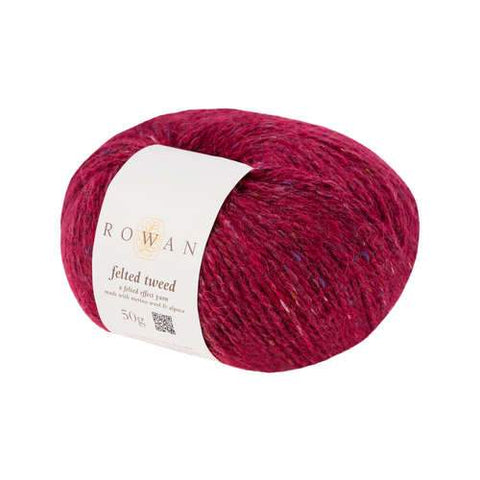
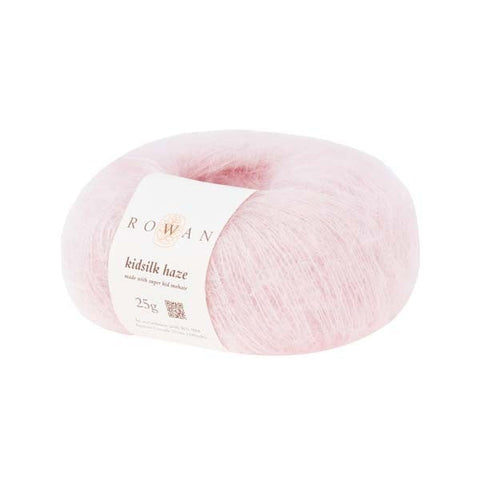
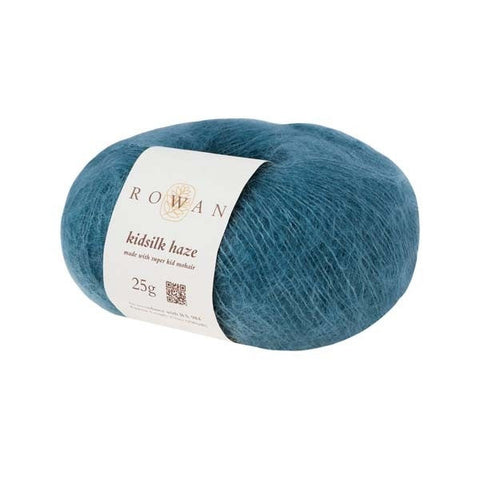



The timing of this blog is perfect – I’m looking for a substitute for Berroco ‘Lustra’ / Caron ‘Sheepish’ … the pattern I’m using recommends using a single ply or ‘roving’ yarn … is there an easy way to work this out?
Wonderful stuff, thank you so much. I will be sharing with a couple of my knitting friends as we all need this in our knitting bag.